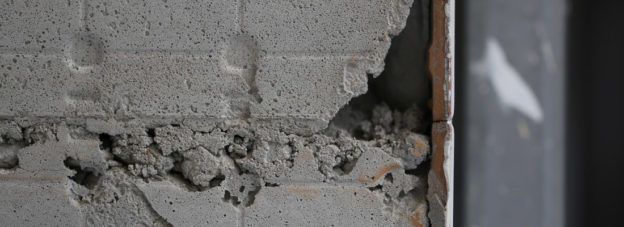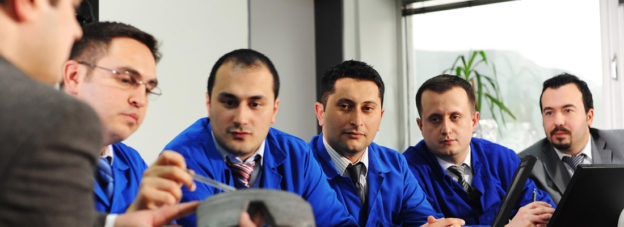Courts often struggle with the question of when the statute of repose starts to run for construction projects that involve multiple buildings or phases. In Village Lofts at St. Anthony Falls Ass’n v. Housing Partners III-Lofts, LLC, 937 N.W.2d 430 (Minn. 2020) (Village Lofts), the Supreme Court of Minnesota addressed how Minnesota’s 10-year statute of repose, Minn. Stat. § 541.051, applies to claims arising from the construction of a condominium complex. The court held that the statute of repose begins to run at different times for: a) statutory residential warranty claims brought pursuant to Minn. Stat. §§ 327A.01 to 327A.08, et. seq.; and b) common law claims arising out of the defective and unsafe condition of the condominium buildings. Continue reading




